luodianxian-maojingzhen specialty
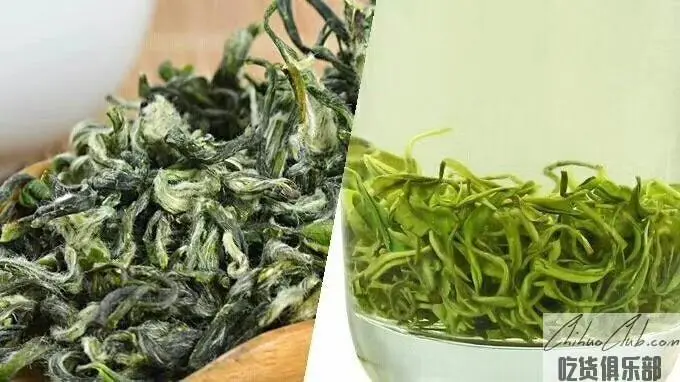
Duyun Maojian Tea, one of China's top ten famous teas. In 1956, Mao Zedong was personally named, also known as "Bai Maojian", "fine hair tip", "fish hook tea", "quee tongue tea", is one of the three famous teas in Guizhou. The shape of the rope is tight and curly, covered with a green color. The fragrance is high, the taste is fresh, and the leaves are green and even. It has a good taste and also has many functions and effects such as thirst quenching thirst, clearing the heart and clearing the eyes, refreshing the mind, refreshing and eliminating food, inhibiting atherosclerosis, reducing fat and weight loss, preventing cancer, preventing scurvy and protecting radioactive elements.
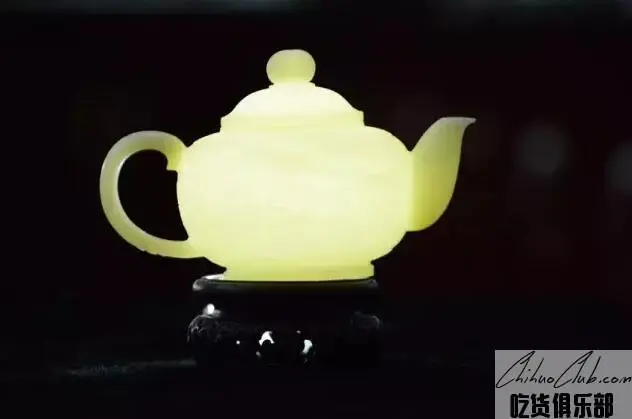
The appearance of the name of Luodianyu is recorded in history and is mainly used for religious activities. The processed products are mainly used to please local officials and to give birth to new born children. Before the Ming Dynasty, during the period of the Shu State, there were eight Laos in the Luodian area. Yu is the main item of the Buyi people's contribution to the local leaders. After the name changed to Luo Wei in the Qing Dynasty, it was said by word of mouth that Luo Dianyu had the saying of "Luo Yu Bu Yi Gong Yu". In the "Guizhou Tongzhi" in the Wanli Period, it was recorded that "the monks, the disease, and the jade gods and gods" reveal the sacred position of Luodianyu in the aborigines.
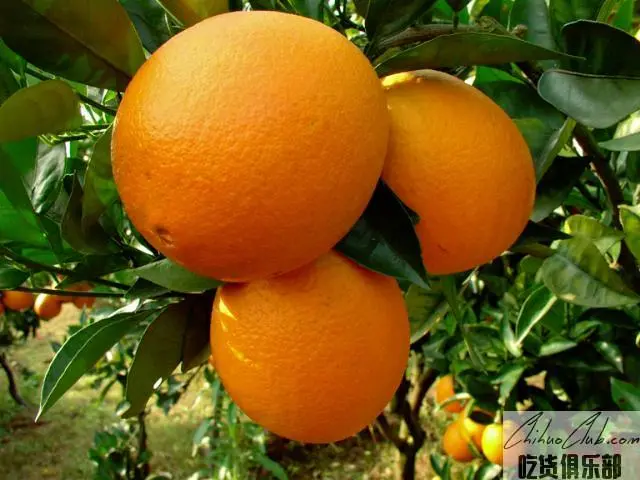
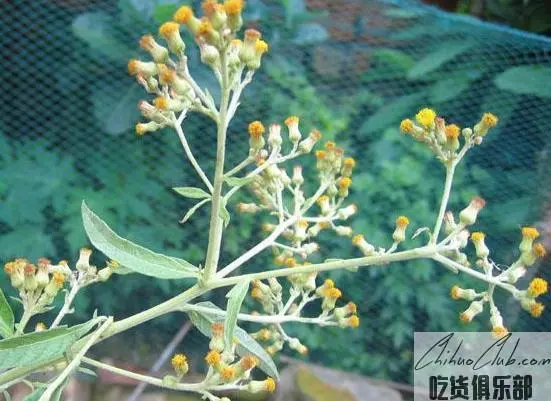
Luodian Ainaxiang, a perennial perennial plant of the family Asteraceae, has a wide variety of uses, and the medicinal is the leaves, branches and roots of Aina. Indications for colds, rheumatoid arthritis, postpartum wind pain, dysmenorrhea; topical treatment of bruises, sore throat, eczema, dermatitis. The leaves and twigs of Ai Naixiang are important raw materials for extracting natural borneol. The whole plant contains volatile oil. The main component is L-Dragon brain, and contains a small amount of eucalyptus oil, L-camphor, accompaniment and flavonoids, coumarin, and triterpenoids. Compounds and the like have strong antifungal activity.
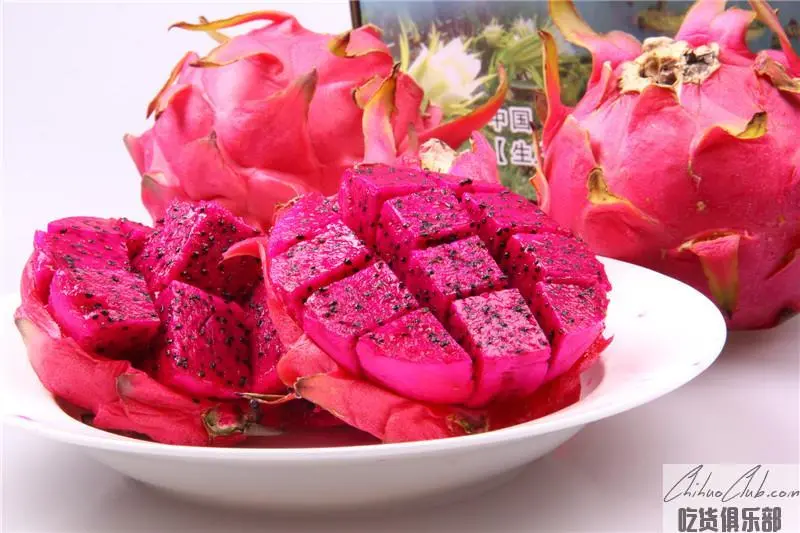
Dragon fruit, the real name of dragon fruit, red dragon fruit, native to the tropical region of Central America, is named for its scales resembling scales. When the bright and huge flowers bloom, the fragrance is overflowing, and the fruit is purple-red, giving people a sense of “good luck”, so it is also called “auspicious fruit”.